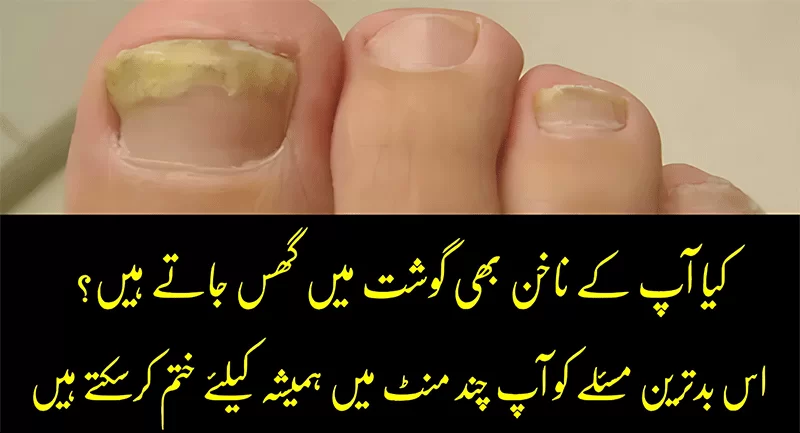
Nails, composed of keratin protein layers, grow from the cuticle at the nail base, where new cells push older, hardened cells toward the fingertips. Healthy nails are smooth, ridge-free, and uniform in color. While some nail features, like vertical ridges that become more prominent with age, are normal, others may signal underlying health issues requiring medical attention.
This guide explores what your nails might reveal about your health, incorporating insights from recent research.
Facts Everyone Should Have at Their Fingertips
White Spots on Nails
Possible Cause: Minor trauma
Once thought to indicate calcium deficiency, white spots (leukonychia) are now understood to result from minor injuries to the nail matrix, where nail growth begins. A 2023 study in Dermatology Reports confirms these spots are typically harmless and grow out over time as the nail regenerates.
Blue Nails
Possible Cause: Poor oxygen circulation
Blue nails (cyanosis) can indicate low oxygen levels in the blood, often due to impaired circulation or heart issues. A 2024 study in The Lancet highlights cyanosis as an early warning sign of heart failure or pulmonary conditions. During surgery, medical professionals check nail color to assess oxygen levels, as pink nails signify healthy circulation.
Club-Shaped Nails
Possible Cause: Lung conditions or cancer
Clubbed nails, where the nail bed becomes dome-shaped and fingers swell, may signal serious conditions like lung cancer or chronic lung disease. Research from Chest Journal (2024) links this to elevated levels of prostaglandin E2 (PGE2), a substance overproduced by lung tumors, causing fingertip swelling.
Spoon Nails
Possible Cause: Iron deficiency anemia
Spoon nails (koilonychia), characterized by a concave dip in the nail, often indicate iron deficiency anemia. A 2025 study in Blood Advances emphasizes koilonychia as a key diagnostic clue for anemia, particularly in patients experiencing fatigue or weakness. Iron supplements may help reverse this condition.
Yellow Nails
Possible Cause: Respiratory or lymphatic issues
Yellow, thickened nails with darker edges can point to chronic bronchitis, lymphoedema, or even rheumatoid arthritis. A 2024 review in Journal of Clinical Medicine notes yellow nail syndrome as a marker for respiratory or lymphatic disorders, with slow nail growth and discoloration as hallmarks.
Pitted Nails
Possible Cause: Psoriasis or autoimmune conditions
Small dents or pits in the nail surface may indicate psoriasis, an autoimmune condition affecting both skin and nails. A 2023 study in British Journal of Dermatology found that nail pitting often precedes skin symptoms in psoriasis patients, making it a critical early diagnostic sign. Treatment of the underlying condition can improve nail appearance over time.
Horizontal Lines
Possible Cause: Systemic illness
Beau’s lines, horizontal indentations across the nail, occur when nail growth is disrupted by illness or stress. These lines are linked to conditions like diabetes, peripheral artery disease, or even post-viral syndromes, as noted in a 2025 Journal of the American Academy of Dermatology study. They reflect temporary interruptions in oxygen or nutrient supply to the nail matrix.
Brittle Nails
Possible Cause: Thyroid dysfunction
Brittle, cracking nails that fail to retain moisture may signal an underactive thyroid (hypothyroidism). A 2024 study in Thyroid Research highlights brittle nails as a common symptom of thyroid dysfunction, which impairs metabolism and affects nail health. Thyroid treatment can often restore nail strength.
Keeping Your Nails Healthy
Regular nail care, a balanced diet, and monitoring for changes can help maintain nail health. If you notice persistent abnormalities, consult a healthcare professional, as early detection of underlying conditions can be critical. Recent advances in dermatological research underscore the importance of nails as indicators of systemic health, making routine observation a simple yet effective health check.
FAQs
1. Why do my nails have white spots, and should I be worried?
White spots are usually caused by minor trauma to the nail matrix, not a calcium deficiency as once believed. They’re generally harmless and will grow out naturally. If they persist or are accompanied by other symptoms, consult a doctor to rule out underlying issues.
2. Can nail changes indicate serious health problems?
Yes, certain nail changes, like blue nails, clubbing, or Beau’s lines, can signal conditions such as heart disease, lung issues, or diabetes. A 2025 Journal of the American Academy of Dermatology study emphasizes nails as key indicators of systemic health.
3. How can I tell if my nails are healthy?
Healthy nails are smooth, uniformly colored, and free of ridges, pits, or discoloration. Vertical ridges are normal with aging, but sudden changes in color, shape, or texture should be checked by a healthcare professional.
4. What causes brittle nails, and how can I fix them?
Brittle nails may result from thyroid issues, dehydration, or frequent exposure to harsh chemicals. A 2024 Thyroid Research study links brittle nails to hypothyroidism. Moisturizing regularly, avoiding harsh products, and addressing underlying health issues can help.
5. How long does it take for nail changes to grow out?
Nails grow about 1 mm per week, so it may take 3-6 months for fingernail changes to fully grow out, depending on the nail’s length and growth rate. Persistent changes should be evaluated by a doctor.
6. Can diet improve nail health?
A balanced diet rich in biotin, iron, and protein supports nail health. A 2023 Nutrients study suggests that deficiencies in these nutrients can weaken nails, so include foods like eggs, lean meats, and leafy greens.
7. When should I see a doctor about my nails?
See a doctor if you notice persistent changes like pitting, yellowing, clubbing, or Beau’s lines, especially with symptoms like fatigue, swelling, or breathing issues. These could indicate serious conditions requiring medical attention.





